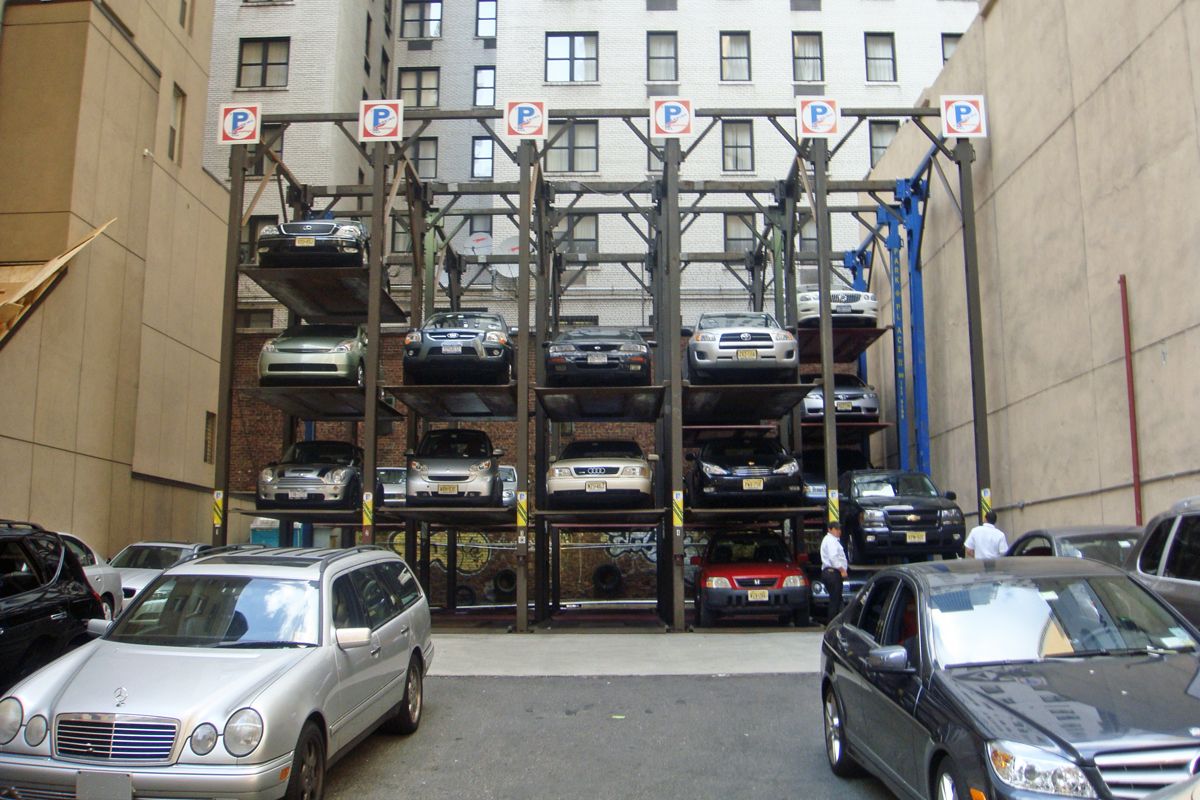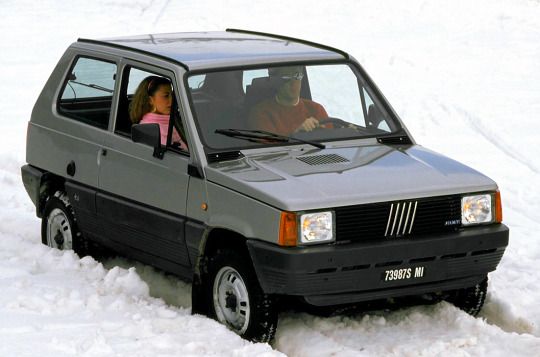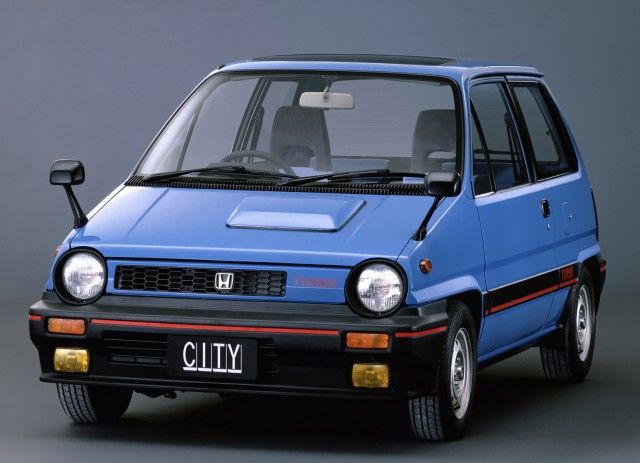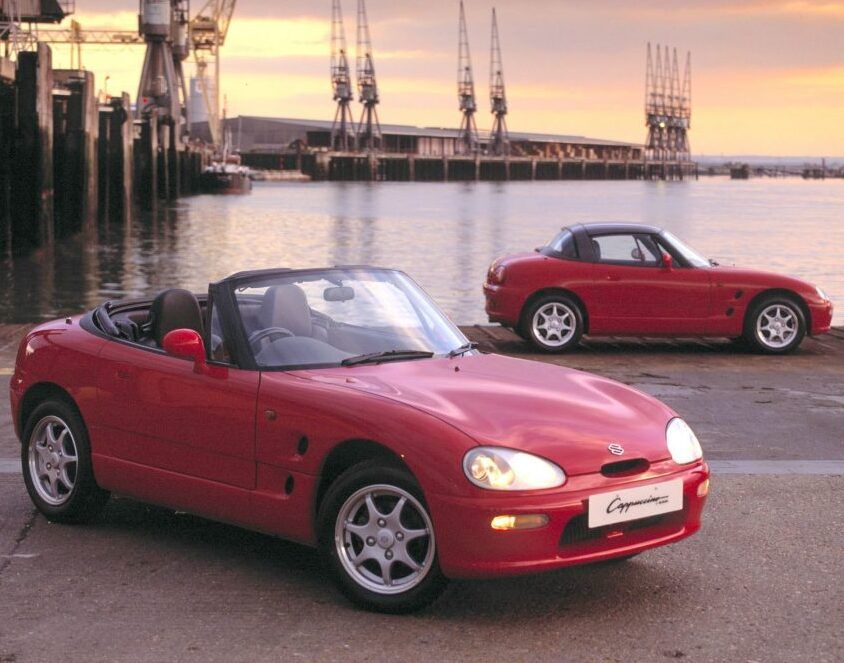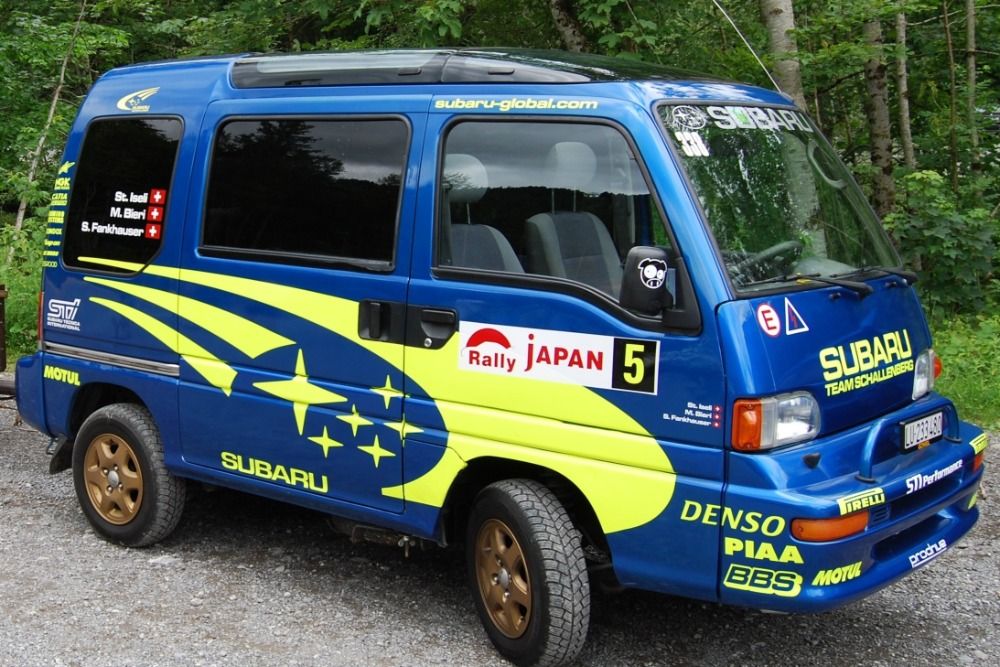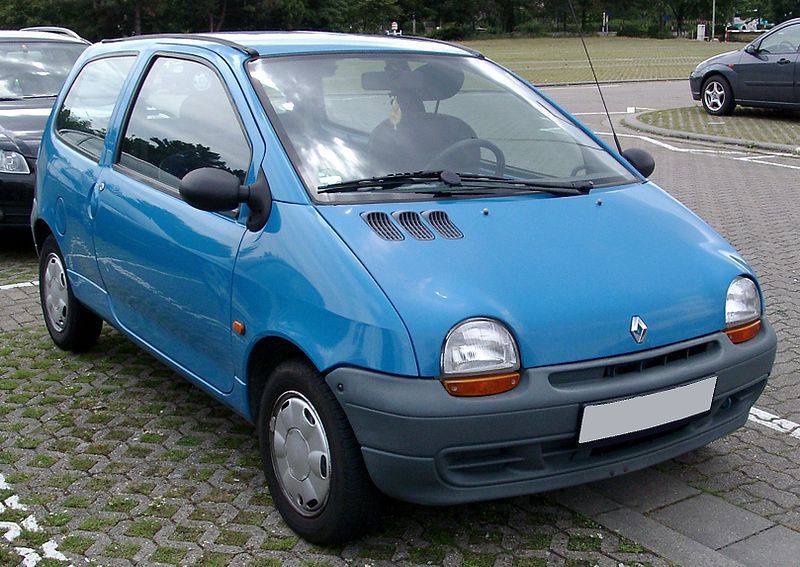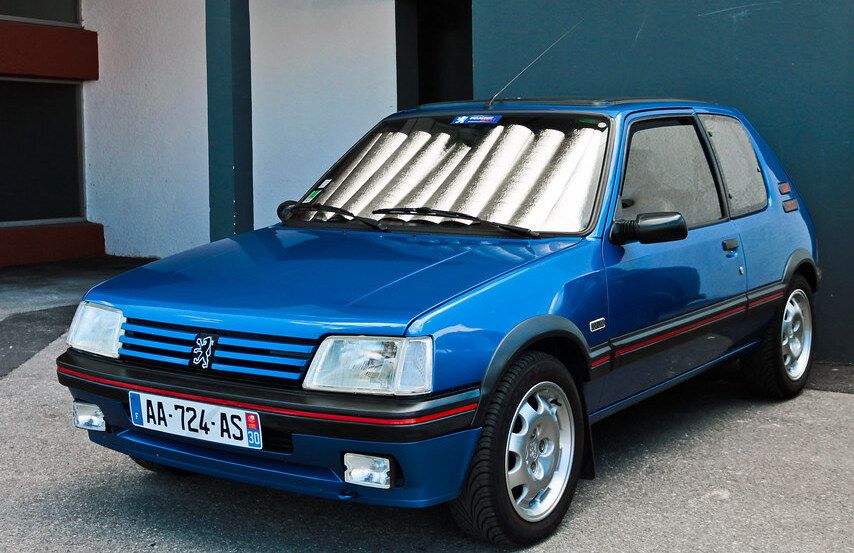One of the most difficult decisions an urban-dwelling, gear head has to make is the sacrifice between size and capability, for practicality and comfortability when it comes to driving in densely populated cities. Between narrow lanes, limited parking space, and constant traffic; commuting in the city can take a toll mentally and physically. For the average consumer, the idea of a city car isn’t one that requires second thought. It’s considerably smaller, more fuel efficient, and usually quirkier than the average car. However, for the average car enthusiast, the idea of purchasing a car in the subcompact, A-Segment, or Kei class (depending on which part of the globe you’re in), can be taken as a personal affront.
Luckily, here at HotCars, we’re firm believers that smaller cars are not only just as fun as their bigger counterparts, we believe that there doesn’t have to be a sacrifice between driving pleasure, and the size restrictions of big-city commuting. Cars such as like the Mini or Fiat 500 have proven to multiple generations that smaller cars aren’t objectively worse, they just have their place, more specifically: in densely populated and crowded areas. For those residing in such places, here are some of the best cars for city driving.
Fiat Panda 4x4
Originally introduced in 1980, the Panda’s intention from the beginning was to redefine the idea of the everyday, reliable vehicle. After 23 years, and nearly 5 million Pandas later, the humble Fiat’s quest has been all but achieved.
Both generations of the Panda span across 40 years and have countless variations, but none more important than the MK1 Panda 4x4. Debuting in 1983, it holds the distinction of being the first small, transverse-engine production car to have a 4WD system. The Steyr-Puch supplied drivetrain ended up being the heart and soul of the rugged Panda, as its 5-speed gearbox had an ultra-low first gear, allowing it to bypass the need for a transfer case when going off-road.
Honda City Turbo
Produced from 1982-1986, the City Turbo was one of Honda’s first turbocharged production cars, and the result of Hirotoshi Honda taking the hum-drum City and transforming it into one of Japan’s most famous hot hatches.
At the time, Hirotoshi, the son of Soichiro Honda (the founder of Honda Motor Company), had been known in the Japanese racing scene for his success upon founding Mugen Motorsports. In the early ‘80s, he took the naturally aspirated City, and mated its ER engine to a RHB51 turbocharger.
The result was a Honda City capable of producing 99-hp at 5,500 rpm with 108 lb-ft of torque. Which may not sound like much, and it isn’t, but with a curb weight of about 1,500 pounds, the peppy, City Turbo could accelerate from 0-60 in about 8 seconds. With its power band eagerly awaiting at 3,000 rpm, it’ll be sure to be a sublime experience, especially in metropolitan traffic.
Suzuki Cappuccino
During the ‘80s, Suzuki started to develop a reputation for building cars that lacked character. Mind you they were very reliable, capable cars, but as a company famous for developing some of the most legendary motorcycles; their four-wheel options seemed to be lacking the flavor and flair of their motorcycle division.
Enter the Suzuki Cappuccino; a turbocharged, three-cylinder DOHC 657cc, mid-engine, kei car weighing in just under 1,600 pounds. Even after abiding by kei car dimensions, the Cappuccino had achieved the mythical, 50/50 front-rear weight distribution. The well-balanced Cappuccino also produced 63-hp at 6,500rpms; only limited to once again, to conform with Kei car standards.
However, the engine was highly tunable, allowing some owners to achieve upwards of 130-hp, 100% more power output than the factory produced. It’s removable roof panels also allowed for more creativity, allowing the Suzuki to go from a coupe, to T-top, targa, or convertible. An absolute must when rowing through the gears in your downtown excursion.
Subaru Sambar
Subaru introduced the Sambar microvan back in 1961, and after numerous generations, updates, and tweaks; remained a rear-engine, rear-wheel drive (with a 4WD option) cabover design until its discontinuance in 2012. Where it became a rebranded Daihatsu HiJet.
There are many reasons that make the Sambar a great option for city driving, with off-road capabilities. However, it was Subaru’s willingness to try new things that led to this humble microvan to be produced for over 50 years. For instance, the Sambar was either the only, or one of the first microvans to: remain a RR format for its entire life, introduce 4-cylinder engines (unheard of for a vehicle classified as a kei car), utilize a separate chassis for the body, possess four-wheel independent suspension, and introduce the cabover design where the passenger cabin is placed above the engine, itself.
It was Subaru’s penchant for engineering and desire to deliver practical vehicles that have helped make the Sambar one of the most versatile microvans of all time; all while abiding by kei car classifications, making it more than capable of parking in congested cities after a day of off-roading.
Renault Twingo
When it was introduced in 1992, the Twingo was tasked as being the successor to the Renault 4, a car that over spanned 33 years, produced 8 million units, and was one of the few cars to bring driving to the masses in France. Designer, Patrick Le Quément was tasked with creating a French icon with a rather small budget of only $700 million, a rather insignificant sum when realizing most new car developments start at $1 billion.
From its original inception, the mantra for the Twingo was to expand on the idea of the monospace vehicle, by making it more compact. With smart exterior and interior styling, its aim was to be seen as more than just a “carrier” of people. If the 19 years to follow were any indication, then it’s safe to say Renault delivered. Having sold nearly 2.6 million units and creating one of France's longest running models, the happy Twingo ceased 2012.
Peugeot 205 GTi 1.9
As we round out our feature on best city cars of all time, the irony is not lost upon us that our final car, the Peugeot 205 GTi also happens to be one of the biggest cars in this article. Classified as a subcompact, it clocks in at 145” from bumper to bumper, a foot too long by kei car standards.
Although introduced in 1984, the 1.9-liter joined the family in 1987 to critical acclaim. The transversely mounted engine made this hatchback capable of 130-hp, could go from 0-60 mph in just over 7 seconds, with a top speed of about 127mph. Still considered the hot hatch benchmark, the GTi saw its demise with the introduction of stringent emission laws. Thus, the sporty, hot hatch rode off into the sunset in 1994.
Like most classic cars, the GTi 1.9 has been shooting up in value these past couple years with pristine models fetching over $40,000. But the good news is, with the average price of a car now reaching over $46,000, you’ll be saving money. Just make sure to keep it handy, with a car this fun, you may be running into a few traffic light camera tickets in the future.

